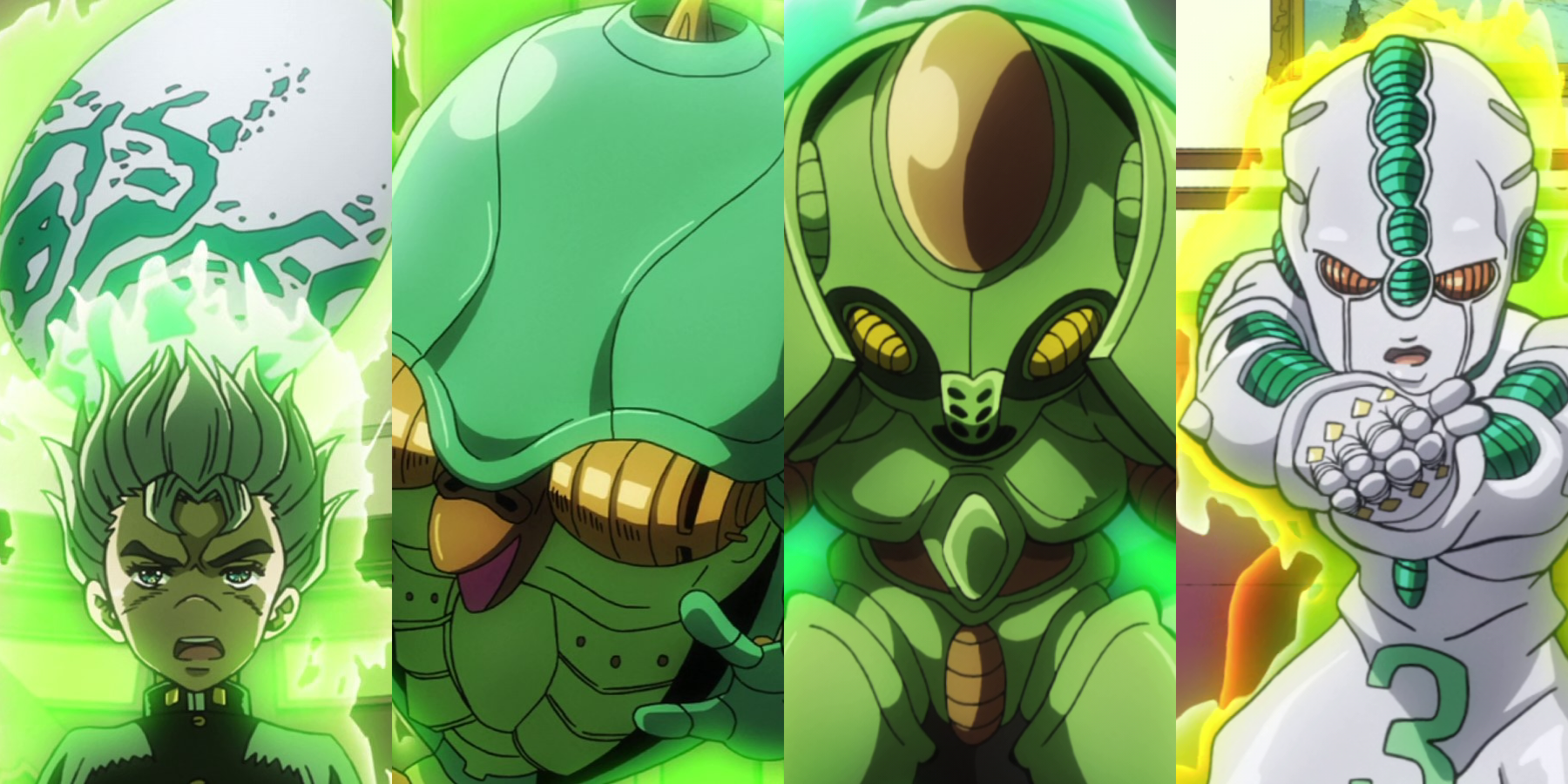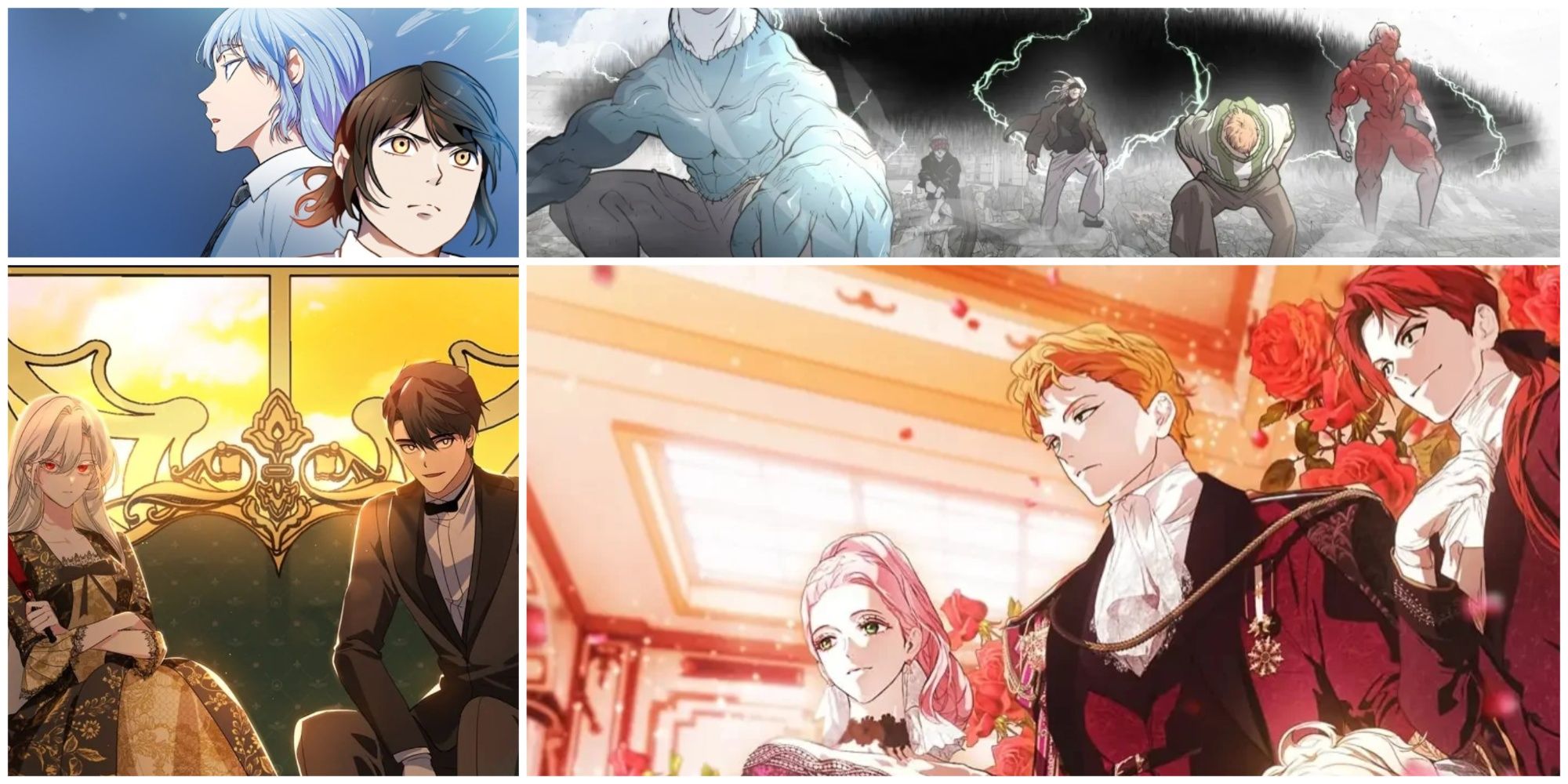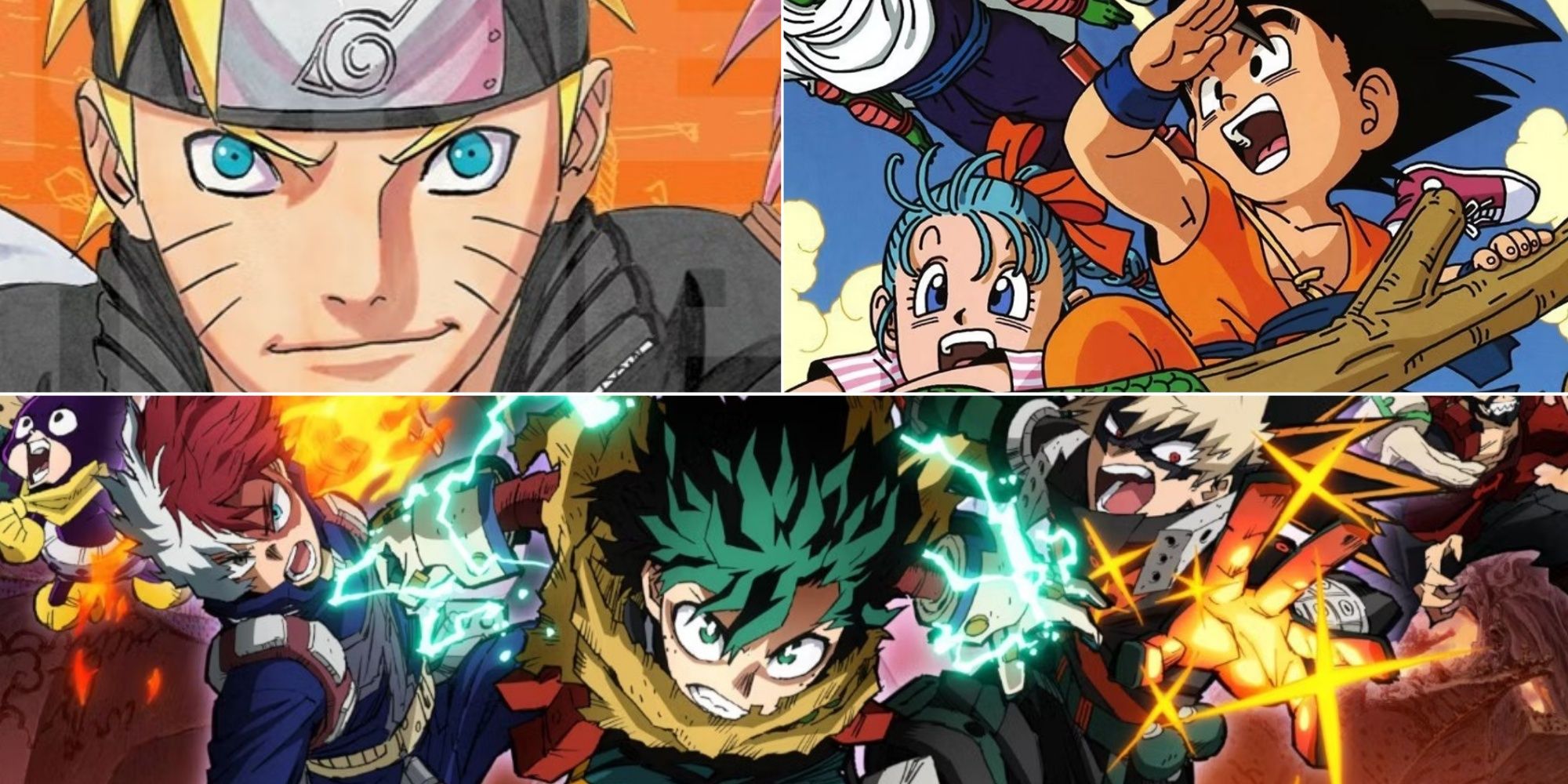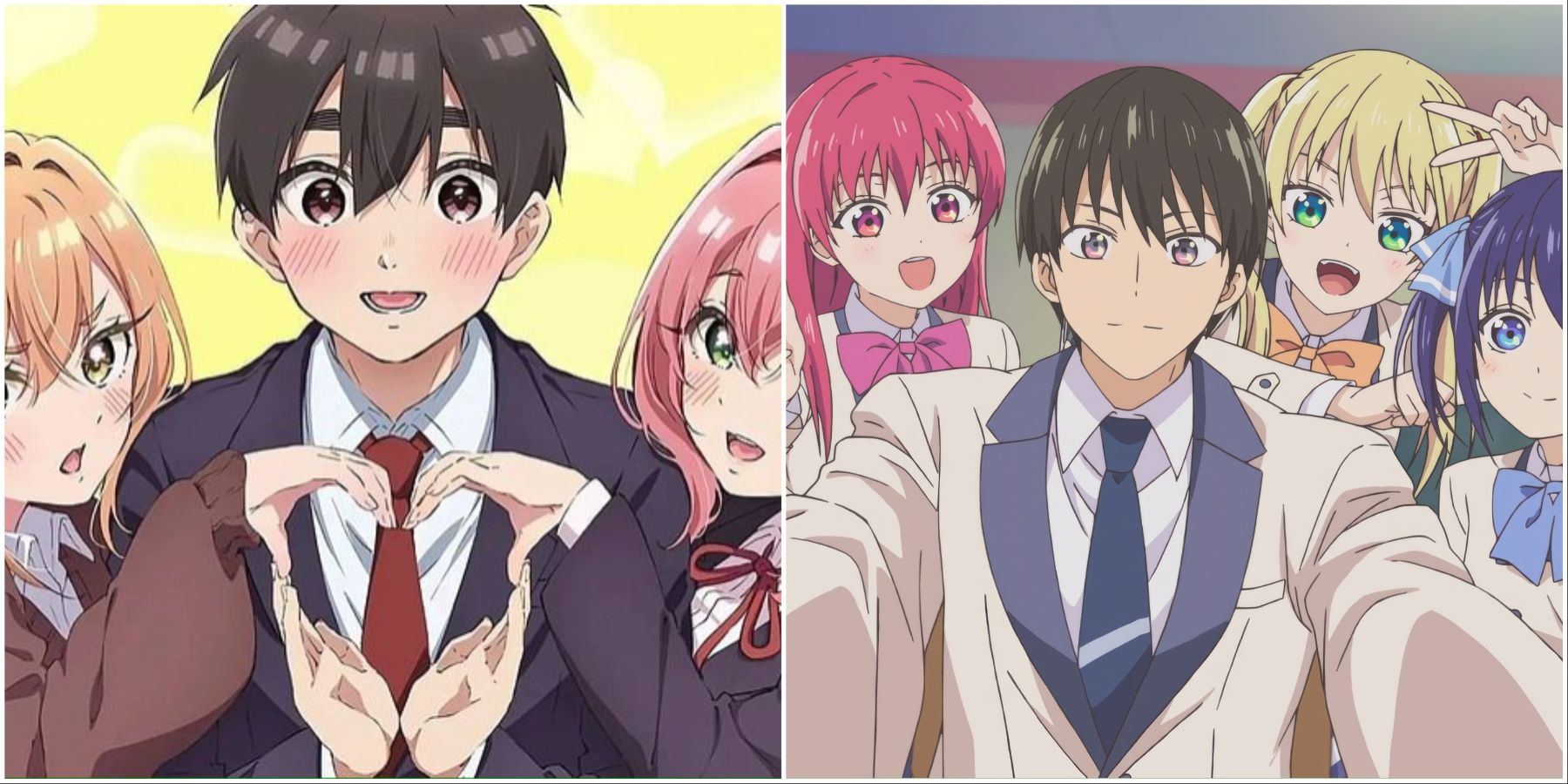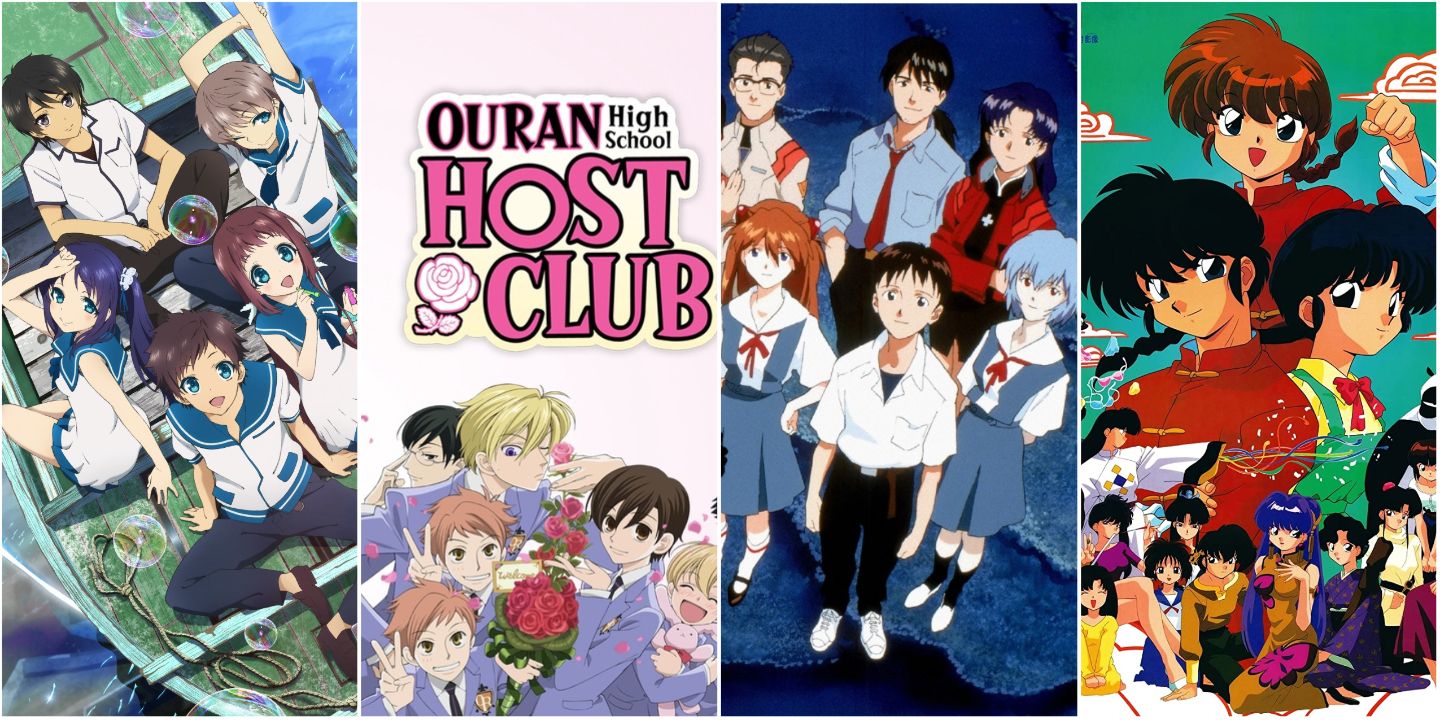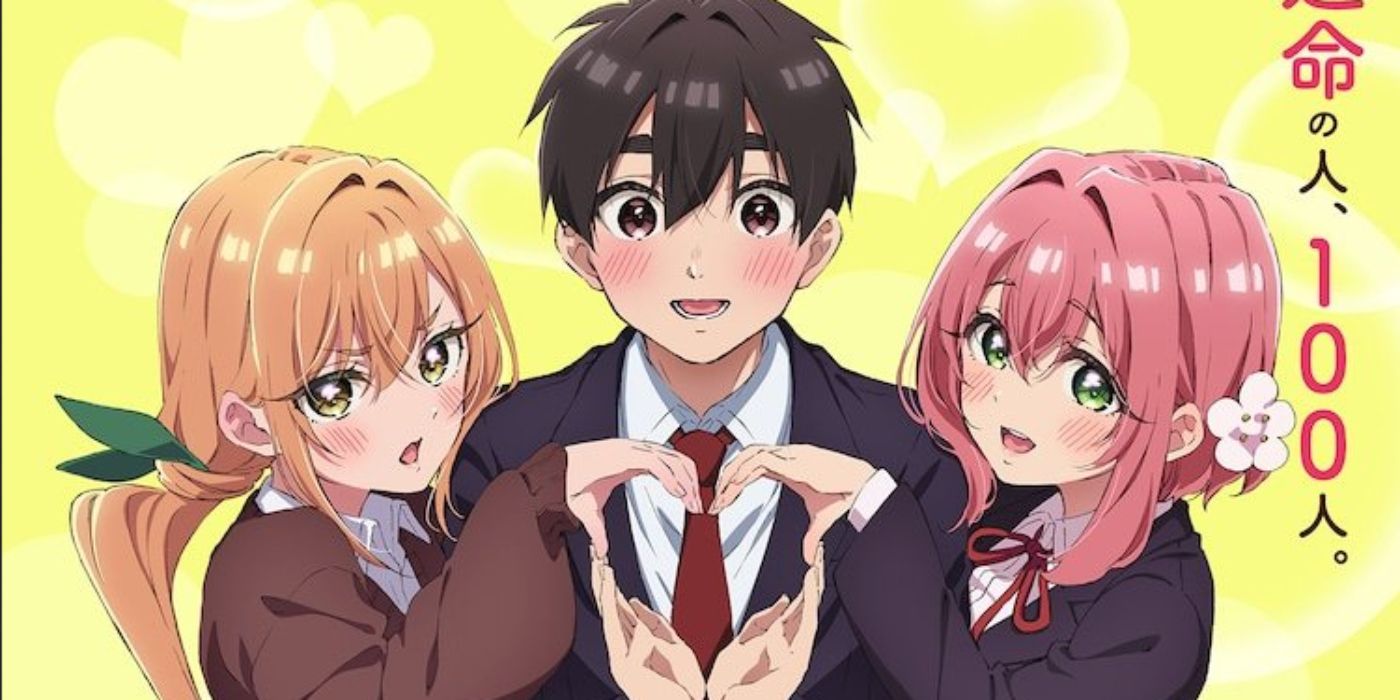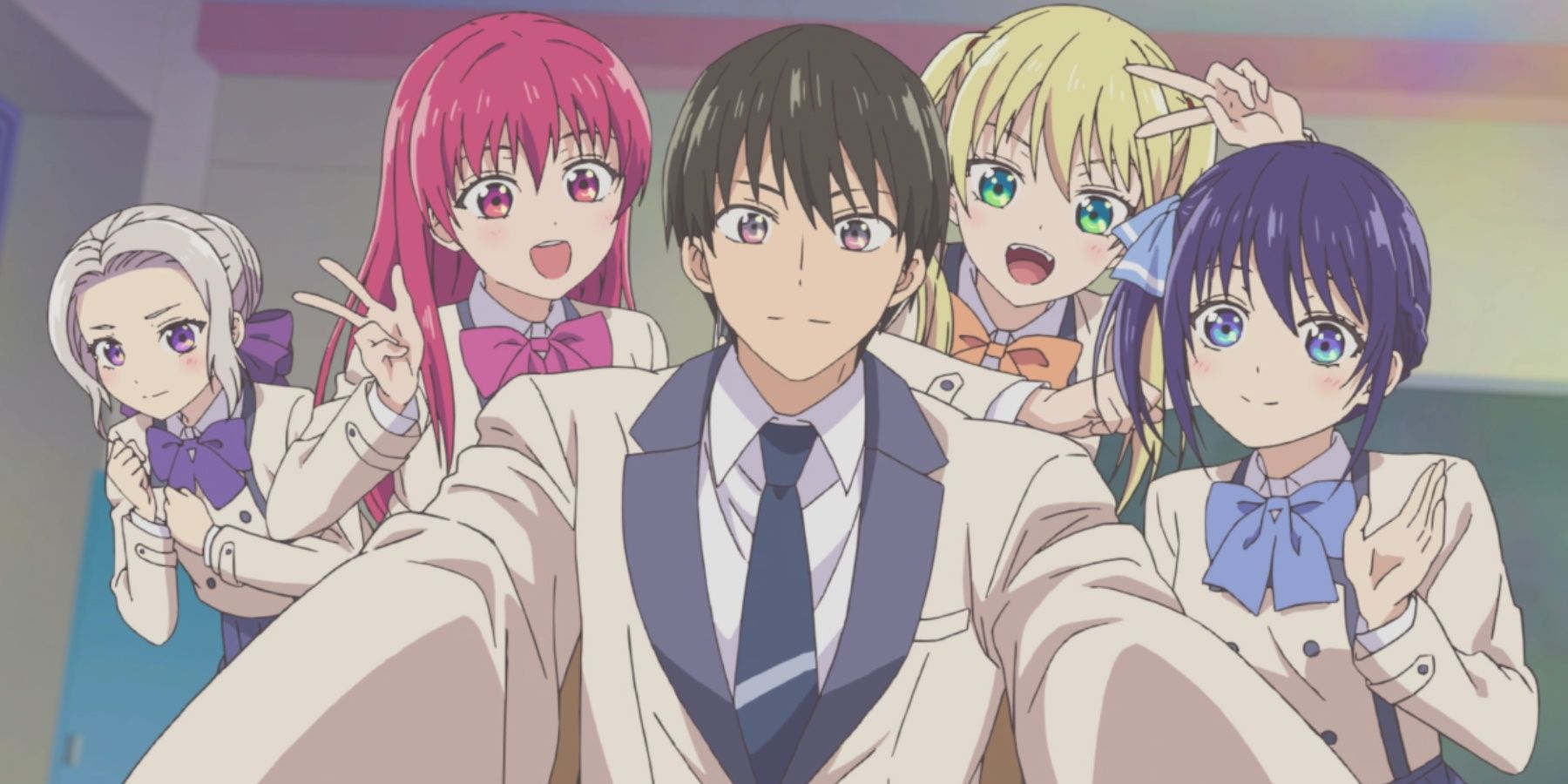Highlights
- Harem anime is a popular subgenre that usually features a male character with multiple female love interests, but recent shows like Girlfriend, Girlfriend and 100 Girlfriends are breaking the mold by introducing polyamorous relationships.
- Both shows emphasize developing emotional connections between characters, going beyond clichéd archetypes and creating more depth. They also introduce a new kind of harem lead character who actively pursues relationships with multiple love interests instead of choosing one.
- The unique approach of these shows brings a refreshing comedic and romantic element to the harem subgenre, making them worth watching for fans who want something different.
Harems are by no means new to the anime medium, featuring a huge part of stories of various genres, from action to slice of life; however, there might be a significant change within the subgenre happening before our very eyes. This Fall season, two particularly unique harem anime push against the boundaries of the harem subgenre within romance, delivering refreshing stories that, at first glance, are merely following in the footsteps of the harems that came before; however, Girlfriend, Girlfriend and 100 Girlfriends Who Really, Really, Really, Really, Really Love You have something that sets them apart.
Both present some form of polyamorous relationship, which isn't necessarily new in this kind of show, but the way the characters move within this framework creates a new kind of trajectory. So, what is this big similarity between Girlfriend, Girlfriend and 100 Girlfriends Who Really, Really, Really, Really, Really Love You?
The Standard
At its core, the harem subgenre (or trope) involves a character who finds themselves being romantically fancied by the majority of the series' main cast and was largely popularized in the late 90s and early 2000s, partly through the work of Ken Akamatsu (Love Hina, Negima!). Generally, this would be a male character who has a number of (usually) female romantic interests that he gains over the course of the series. This trope is largely inspired by Japanese visual novels and bishōjo games, which often feature the player-controlled main character who develops relationships with a number of possible love interests. Generally, these narratives will have largely archetypal feminine love-interests who each represent a particular personality (a "-dere" type), while the MC is a generic guy who is often used as an audience surrogate of sorts and usually, there isn't much about him that is particularly noteworthy but what usually gets these guys attention is that they tend to be kind or honest to a fault.
"Reverse Harem" is used to denote the above situation but with a female protagonist and (usually) male love interests. In the context of visual novels and similar games, the point is often to go on the "route" of each love interest and build up that relationship (often at the expense of the others) in order to reach the conclusion, which is often the love interest's confession of romantic feelings. While there is usually only one winner, the tension builds from the decision that the MC has to make because each of them will invariably fall in love with him. When such stories are adapted into anime, there is often a chosen route that is made into canon, while the others maintain a level of contest over who will eventually earn the MC's affection.
More is More
While there have always been variations to the basic expression of the concept, in recent years there has been emphasis on the kind of harem where there isn't a sole route being pursued, but all of them at once. All the love-interests can be in a "Schrödinger's Lover" situation, as seen in The Quintessential Quintuplets, where it is a fact that one of the five heroines will marry the main character, but it is unknown who because they all look exactly the same; or like Girlfriend, Girlfriend and 100 Girlfriends, where the main character is compelled to develop a romantic relationship with all of them simultaneously for a specific reason. In Girlfriend, Girlfriend, the main character Naoya is honest to a fault and has been hopelessly in love with his childhood friend Saki Saki, but when a girl named Nagisa confesses her love to him, he can't find it in himself to reject her and brings her with to ask Saki for her permission to date Nagisa too. Part of the humour found in this show lies in Naoya's ridiculous levels of honesty, but also in the fact that he is also able to see the attractive qualities in anyone (and is therefore always in danger of adding another girl to his harem).
In 100 Girlfriends; however, the whimsy is driven up to the max as the reason for protagonist Rentaro's immense and sudden popularity with the various girls he comes to meet is due to a mistake made by a certain god, who accidentally assigned all the possible luck that he and his possible soulmates could ever hope to have. Beyond that, Rentaro absolutely must develop romantic relationships with each of his 100 soulmates, otherwise they will lose their lives as a result of their luck running out. In both anime, the reason for the harem is outlandish on the face of it, but the thing that connects them how they attempt to genuinely develop the emotional connections of the characters. There's also the level of competition between romantic suitors being of a different nature to that of the average harem, with the romantic interests also developing special connections with their rivals.
Neo-Harem
What sets both titles apart from other harem anime is the fact that they go a step beyond creating cookie-cutter characters based on prevalent tropes and archetypes, and this emphasis on using the archetype merely as the foundation upon which the character is built serves for a much more satisfying story. For example, Girlfriend, Girlfriend's resident tsundere is Saki's best friend Shino, who leans into the archetype on a surface level through her prickly and easily agitated personality contrasted by her hidden feelings for her best friend's boyfriend, but also from her kindness – kindness she doesn't even recognize, and this disconnect between her perception of herself and how others perceive her actions creates a whole new depth for a highly popular anime archetype. In 100 Girlfriends, the extension of the harem concept to ridiculous proportions is similar to Girlfriend, Girlfriend's maximization of the sheer ridiculousness of the characters themselves. Both Naoya and Rentaro are examples of the modern harem lead, who is sure about his desire for romantic connection and doesn't shy away from developing those with the heroines he meets.
Unlike the main characters of the past, who'd find themselves in the midst of a selection headache (either one of their creation or one borne from some contrivance of plot) and spend a large part of the narrative slowly inching towards a single ending, the main character of a neo-harem is shaping up to be someone who progresses multiple connections at once like their predecessors, but with the intention of reaching the endgame that is a relationship with all of their potential suitors. Variations of this have been seen long before either title, such as with The World God Only Knows at its emphasis on the visual novel aspect, but the connections would be impermanent and therefore of little consequence. There's something different about a harem in which each connection is given the same level of significance, and while the approaches are different, both 100 Girlfriends and Girlfriend, Girlfriend are in an interesting pocket in an era when the harem subtrope is well-established, but they still manage to bring refreshing comedy and genuine developments in the romance department that make both worth checking out.

